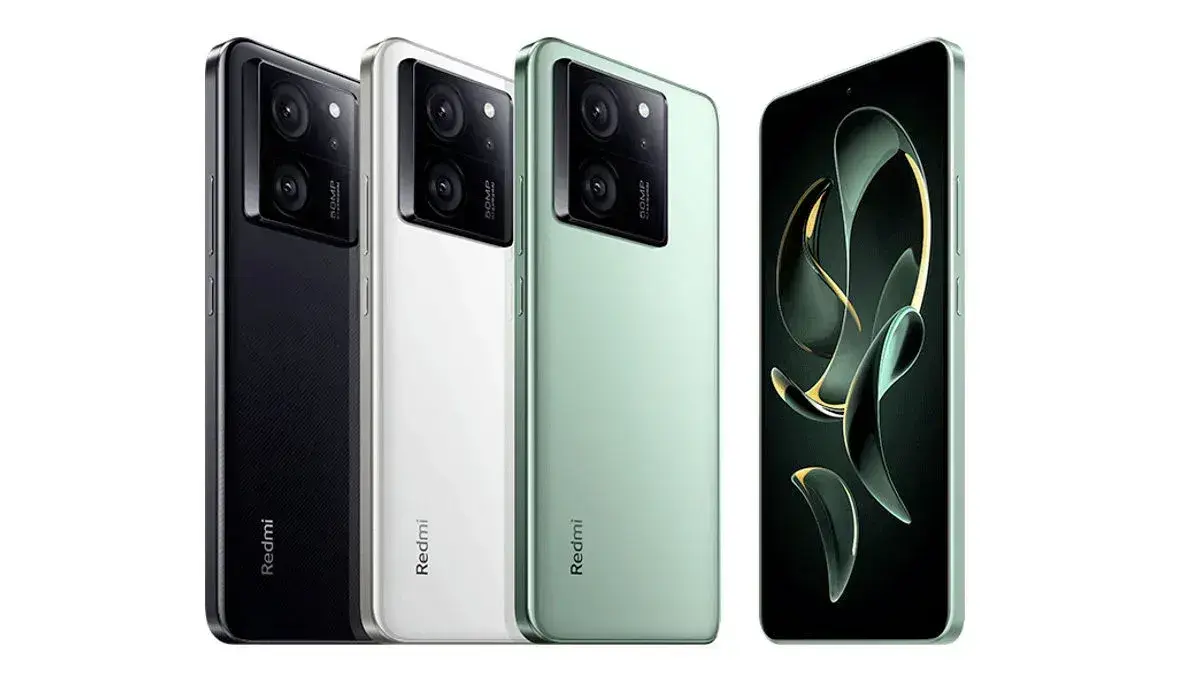The world of smartphones is abuzz with the imminent launch of the Redmi K70 series, a successor to the Redmi K60 series. The spotlight is on the remarkable 90W fast charging feature, a significant leap from the 67W charging in its predecessor, as revealed through China’s 3C certification platform123.
Charging Ahead with 90W
One of the highly-anticipated features of the Redmi K70 is its 90W fast charging capability, as confirmed by its recent 3C certification in China. The certification listing showcases the model number 2311DRK48C and indicates that the device may ship with an MDY-14-EC charger to support this rapid charging technology3. This feature sets a new benchmark, promising to drastically cut down the time needed to get the phone’s battery from zero to full.

A Sneak Peek into Redmi K70’s Specifications
The Redmi K70 doesn’t just stop at fast charging. Rumors suggest a 6.67-inch AMOLED display offering a 2K resolution and a 120Hz refresh rate. Underneath, it’s expected to run on MIUI 15-based Android 14 and powered by the Snapdragon 8 Gen 2 SoC. A robust 5,500mAh battery will ensure the phone stays alive through the day, even with heavy use3.
Moreover, the camera system seems promising with a 20-megapixel front camera and a rear setup led by a Sony IMX800 50-megapixel main camera. Additional rear cameras include a 13-megapixel ultra-wide lens and a telephoto lens, enriching the photography experience3.
Launch Imminence and Available Models
The Redmi K70 series is expected to unveil in China in the coming weeks, with speculations hinting at a launch in the first week of December or even as early as November123. The series will include three models: the standard Redmi K70, the more advanced Redmi K70 Pro, and the Redmi K70E, each catering to different user preferences and budget ranges24.
In conclusion, the Redmi K70 series is gearing up to make a significant impact in the smartphone market with its 90W fast charging technology, among other impressive features. As the launch date nears, the tech community is on the edge of its seat, eagerly awaiting to see how these devices will perform in real-world scenarios.
Sources:


Leave a Reply